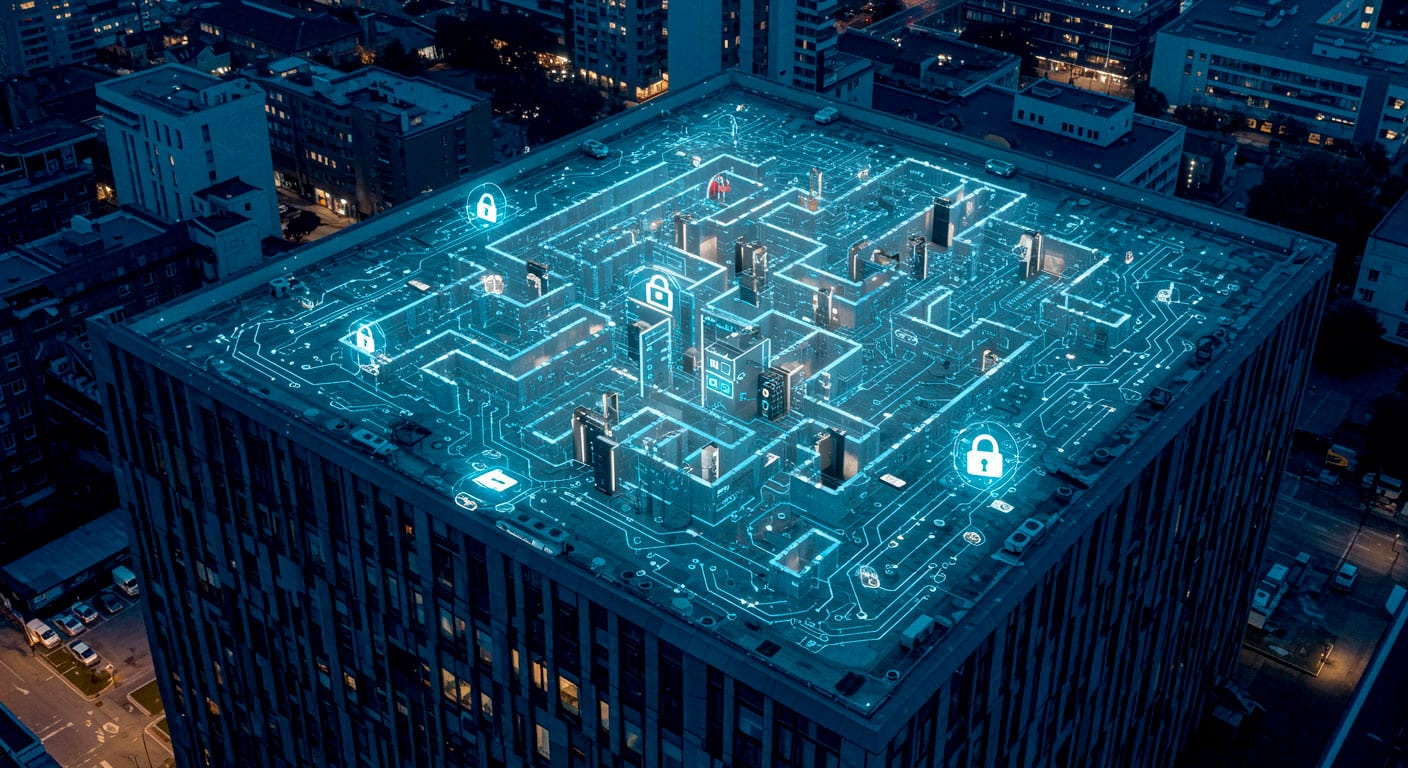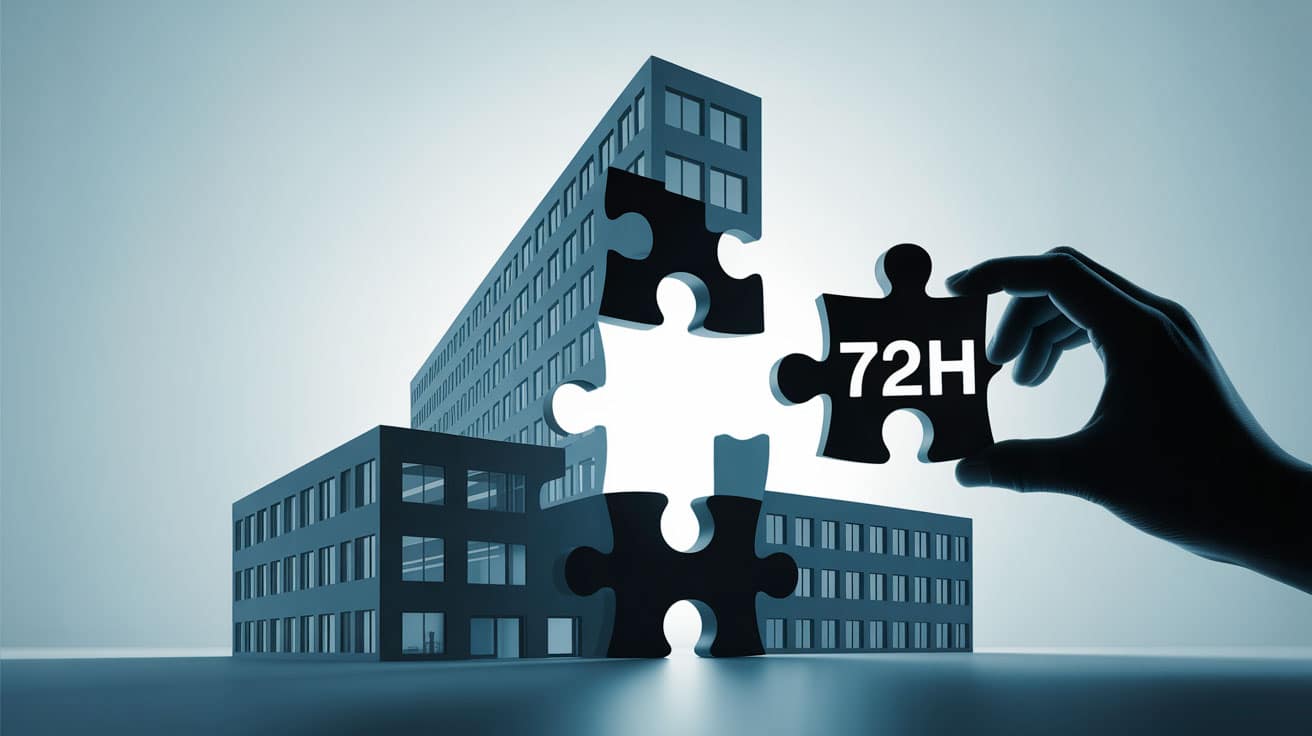How to Turn Physical Security into a Source of Strategic Insight
For years, physical security has been considered a low-strategic operational function: surveillance, access control, video surveillance and emergency management, often seen as support activities or mere cost centers.
But today, thanks to the evolution of technology and the growing interconnection between systems, physical security can take on a new and central role: becoming a source of data and information with high strategic value, useful not only to prevent risks but also to support business choices, improve operational processes and optimize the use of resources.
This article explores how physical security can move from a reactive function to an intelligent insight platform, making a real contribution to business competitiveness and efficiency.
Physical security as a distributed sensor of the enterprise
Modern physical security solutions are no longer limited to recording images or managing inputs. Today they integrate a wide range of technologies that, when properly connected and analyzed, become structured sources of data:
- Digital access control(badges, biometrics, QR-codes)
- Intelligent video surveillancewithfacial recognition, behavioral analysis and thermography
- Environmental sensors(temperature, smoke, vibration, presence)
- Intrusion and anomaly detection systems
- Automated event centralization and reporting software
All of these tools generate continuous streams of data that tell what is really happening in business environments, 24 hours a day, with a level of detail and objectivity that few other internal systems can offer.
In practice, physical security can become a kind of “nervous system” of the enterprise, capable of intercepting weak signals, non-standard behavior and operational anomalies that, if properly read, can prevent inefficiencies or support strategic decisions.
What data can physical security provide and how to use it
- Flows of access and permanence at sites
Access control systems can provide valuable data on:
- Number of daily admissions, by time slot or department
- Average dwell times
- Internal movement and space utilization patterns
- Concentration of people in specific operational areas
Strategic utility:
- Optimization of shift schedules and physical presence
- Analysis of the sizing of spaces and their actual use
- Supporting energy management and occupational safety
- Data from video surveillance and behavioral detection
Smart cameras can provide:
- Tracking the flow of people or vehicles
- Detection of non-standard behavior (prolonged stops, abnormal routes, unauthorized access)
- Automatic counting of people in specific areas
Strategic utility:
- Logistics flow analysis and optimization of production or storage areas
- Identification of bottlenecks or inefficiencies in routes
- Automatic verification of compliance with operating procedures
- Reports and anomalies handled
Every security event (alarm, denied access, manual signaling) is traceable, storable, and analyzable:
- Frequency and type of alarms
- Average response times
- Areas most prone to criticality
- Correlation between events and time slots, shifts, environmental conditions
Strategic utility:
- Review of emergency procedures
- Targeted staff training
- Prioritization of security investments based on actual data
From security to processes: who can gain value from it
Data generated by physical security are not only useful to the Security department. On the contrary, it can feed into the decision-making processes of many other areas:
- Operations: optimization of layouts, production and logistics flows
- Facility management: efficient use of space and facilities
- HR: attendance management, verification of physical distribution of personnel
- HSE: compliance with safety regulations and accident prevention
- IT: support in physical protection of digital assets and management of hybrid networks
The key step is the structured sharing of data between the security function and other areas through dashboards, reports or integrated systems.
Getting started: first steps toward data-driven security
Moving from presidium to data requires a gradual but concrete transition. Here’s where to start:
- Mapping devices and data sources already presentinexisting security systems
- Centralize the collection of informationina single platform or management software
- Establish KPIs and observational metricsthat are also relevantto other business functions
- Foster internal sharing ofsecurity data as a cross-cutting asset
- Integrate insights into decision-making processescontinuously rather than occasionally
Conclusion
Physical security is no longer just guarding or prevention-it can become a strategic data collection channel, useful for improving efficiency, reducing risk, optimizing resource use, and supporting valuable business decisions.
By adopting smart technologies and being able to read the signals that security returns on a daily basis, companies can build a silent but powerful competitive advantage: turning every recorded event into useful information to grow better, with more control and fewer contingencies.
The future of physical security is in data. And that future has already begun.



